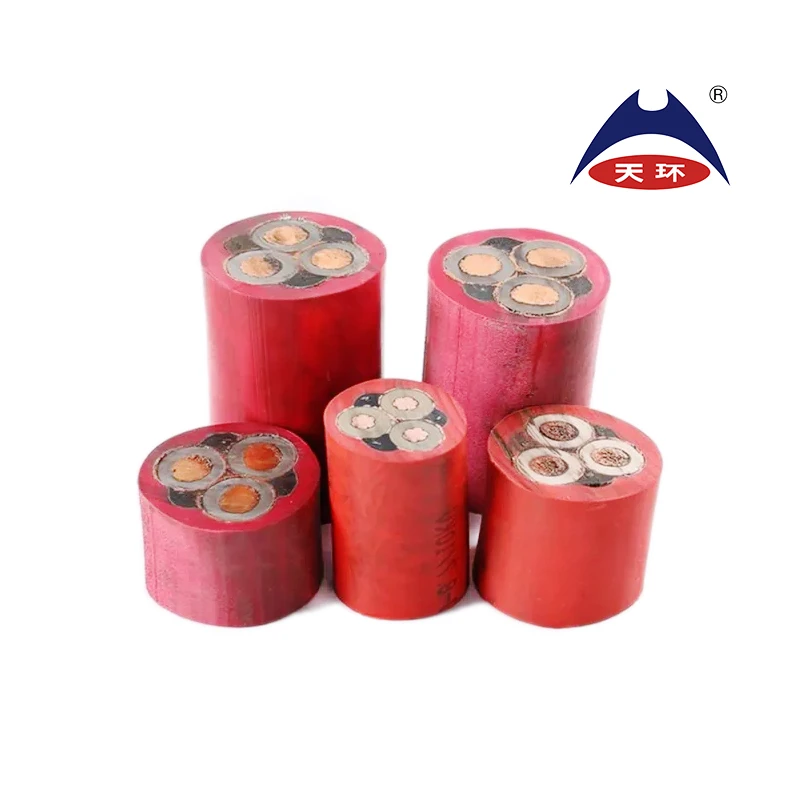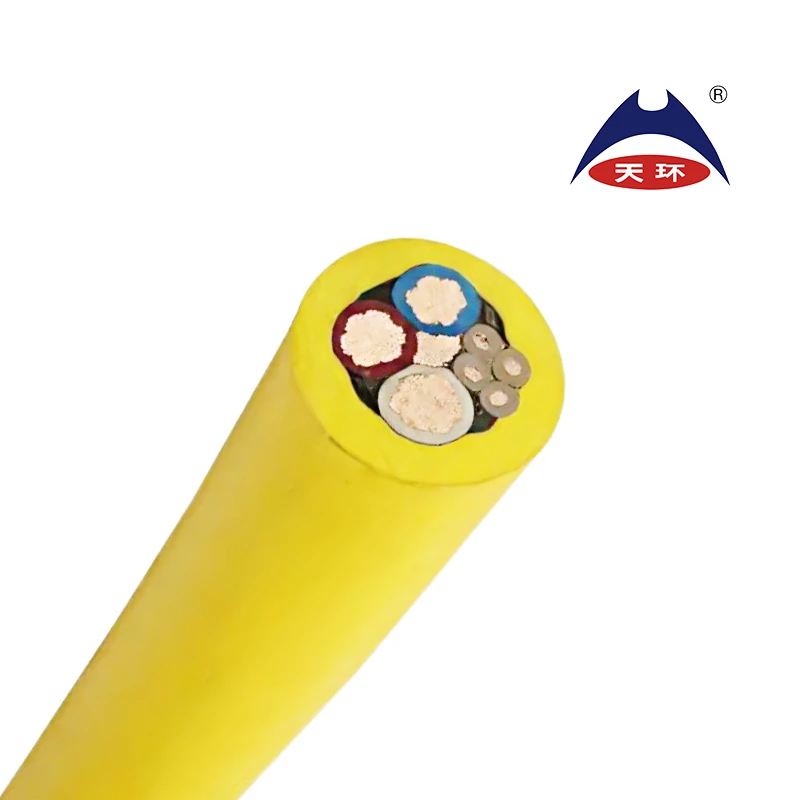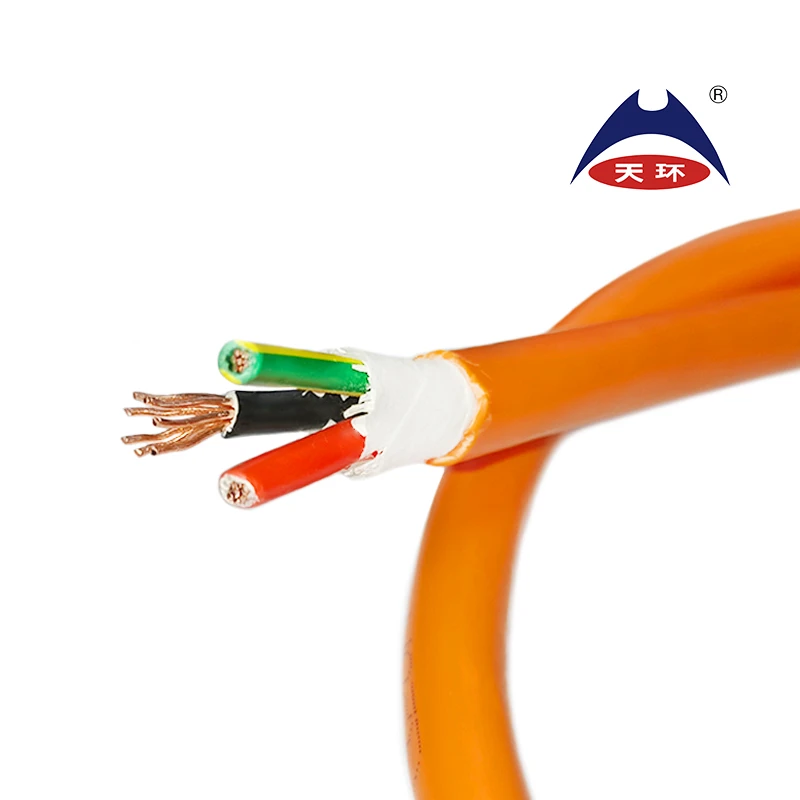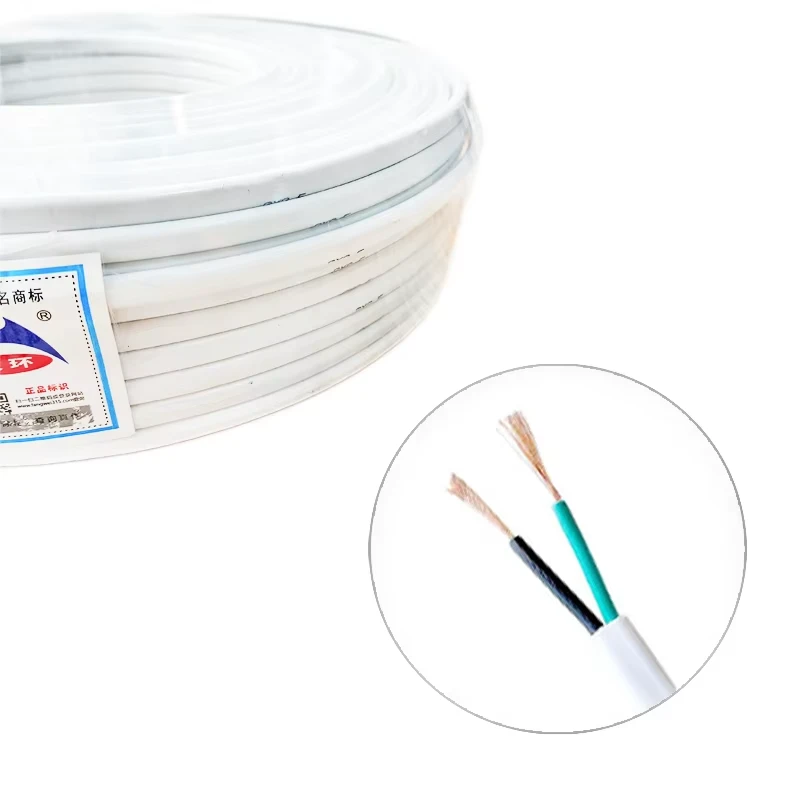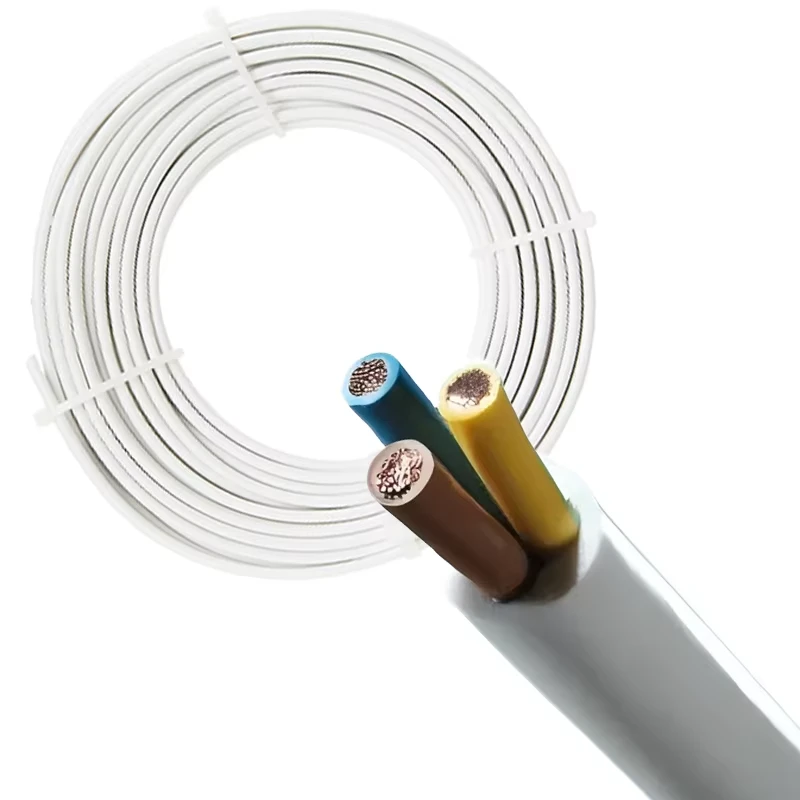
Building Wire: The Lifeline for Building Safe Electrical Systems
In the field of modern architecture, whether it is warm residential buildings, bustling commercial buildings, or large industrial plants, safe and stable power transmission cannot do without Building Wire. As the core material of electrical wiring, Building Wire is like the "blood vessel" of buildings, undertaking the key task of current transmission and serving as an important foundation for building safe and reliable electrical systems.
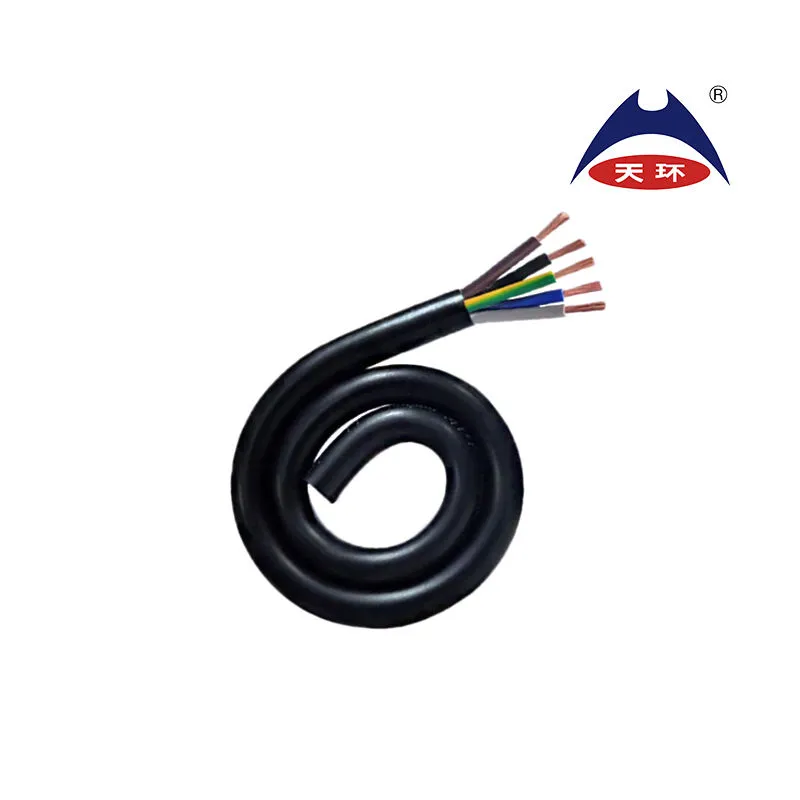
The structure and material selection of Building Wire demonstrate professionalism and craftsmanship
Construction wires are mainly composed of conductors, insulation layers, and sheath layers. Conductors are usually made of high-purity copper or aluminum, and copper conductors have become the preferred choice for residential and commercial buildings due to their good conductivity and corrosion resistance; Aluminum conductors are widely used in large-scale wiring of industrial buildings due to their advantages of light weight and low cost. The insulation layer is often made of materials such as polyvinyl chloride (PVC) and cross-linked polyethylene (XLPE), which have excellent insulation performance and high temperature resistance, and can effectively prevent leakage and short circuits. The outermost protective layer further enhances the mechanical protection and moisture resistance of the wire, ensuring its safe operation in complex environments.
In practical applications, Building Wire has significant performance advantages
Wire building has good conductivity, which can ensure stable power transmission, reduce power loss, and lower electricity costs. At the same time, the flexibility of the wires is excellent, making it easy to lay and install in various complex pipelines and cable trays inside the building. Moreover, its flame retardant and anti-aging properties provide long-lasting safety guarantees for building electrical systems, effectively reducing the probability of electrical fires and other safety accidents.
Different types of buildings have differentiated requirements for Building Wire
In residential buildings, attention is paid to the safety and comfort of electrical wires. For example, low smoke and halogen-free wires are used in areas such as bedrooms and living rooms to ensure the health of residents; Commercial buildings have higher requirements for the current carrying capacity and high temperature resistance of wires due to the dense use of electrical equipment and heavy loads; Industrial buildings place greater emphasis on the wear resistance, corrosion resistance, and mechanical strength of electrical wires to adapt to complex industrial environments such as high dust and strong electromagnetic fields.
With the continuous development of technology, Building Wire is also constantly innovating and upgrading
Intelligent copper building wires are beginning to emerge, integrating sensors that can monitor real-time data such as current and temperature, and provide early warning of electrical faults; Environmentally friendly wires use biodegradable materials to reduce pollution to the environment; In addition, new materials of wires with higher conductivity and high temperature resistance are also being developed and applied, providing more possibilities for the future development of building electrical systems.
In summary, building cables, as the core element of building electrical wiring, play an irreplaceable role in residential, commercial, and industrial buildings due to their carefully designed structure, excellent performance, and constantly innovative technology. It not only ensures stable power supply and electrical safety within buildings, but also promotes the development of intelligent and green building electrical fields. In the future, with the continuous progress of the construction industry, Building Wire will undoubtedly provide superior quality and functionality to safeguard the safety and development of various types of buildings.
Building Wire FAQs
What is Building Wire?
Building wire is an insulated wire used for internal electrical wiring in buildings, typically used to transmit electrical energy to lighting, sockets, equipment, etc. Common types include THHN, NMB (Roman cable), and UF cable, which need to be selected according to the application scenario.
What are the common specifications of Building Wire?
The specifications of wires are expressed in terms of wire diameter (such as AWG, American Wire Gauge). Residential wires commonly use 14 AWG (15 amperes), 12 AWG (20 amperes), and 10 AWG (30 amperes), while commercial and industrial wires may use thicker wires (such as 6 AWG or above) to support higher loads.
How to choose a suitable Building Wire?
Consider voltage levels (such as 300V or 600V), environmental conditions (humidity, high temperature, etc.), and local electrical regulations. For example, UF cables should be used in humid areas, while metal sheathed cables (such as MC) are more suitable for industrial environments.
What are the differences in insulation materials for Building Wire?
THHN: Heat resistant PVC insulation, suitable for dry or humid environments.
NMB: PVC insulation+sheath, commonly used for indoor wiring in residential buildings.
XHHW: Cross linked polyethylene insulation, resistant to high temperatures and chemical corrosion, commonly used in commercial projects.
What should be noted when installing Building Wire?
Follow the National Electrical Code (NEC) or local standards to ensure that the wire diameter matches the circuit breaker.
To avoid excessive bending or mechanical damage, a protective sheath should be used when passing through metal components.
Regularly check for aging or damage, especially in high temperature or high humidity areas.
-
0.6/1 kV Low Voltage XLPE Insulated Multi-Core SWA Armoured Cable-Tianhuan Cable Group|Durable Industrial Cables&Fire-Resistant Design소식Sep.29,2025
-
0.6/1 kV XLPE Insulated Multi-Core SWA Armoured Cable - Tianhuan Cable Group | High-Durability&Fire-Safe Design소식Sep.29,2025
-
0.6/1 kV XLPE SWA Cable-Tianhuan Cable|Low Voltage Power Cable&Industrial Cable소식Sep.29,2025
-
0.6/1 kV XLPE SWA Armoured Cable-Tianhuan Cable|Low Voltage, Durable, Fire Resistant소식Sep.29,2025
-
XLPE Insulated SWA Armoured Cable-Tianhuan Cable Group|High Electrical Insulation&Mechanical Protection소식Sep.29,2025
-
0.6/1 kV Low Voltage XLPE Insulated Multi-Core SWA Armoured Cable - Tianhuan Cable Group | Power Transmission, Durability, Safety소식Sep.29,2025
-
0.6/1 kV XLPE Insulated SWA Armoured Cable - Tianhuan Cable Group | High Voltage Resistance&Durable Construction소식Sep.29,2025





